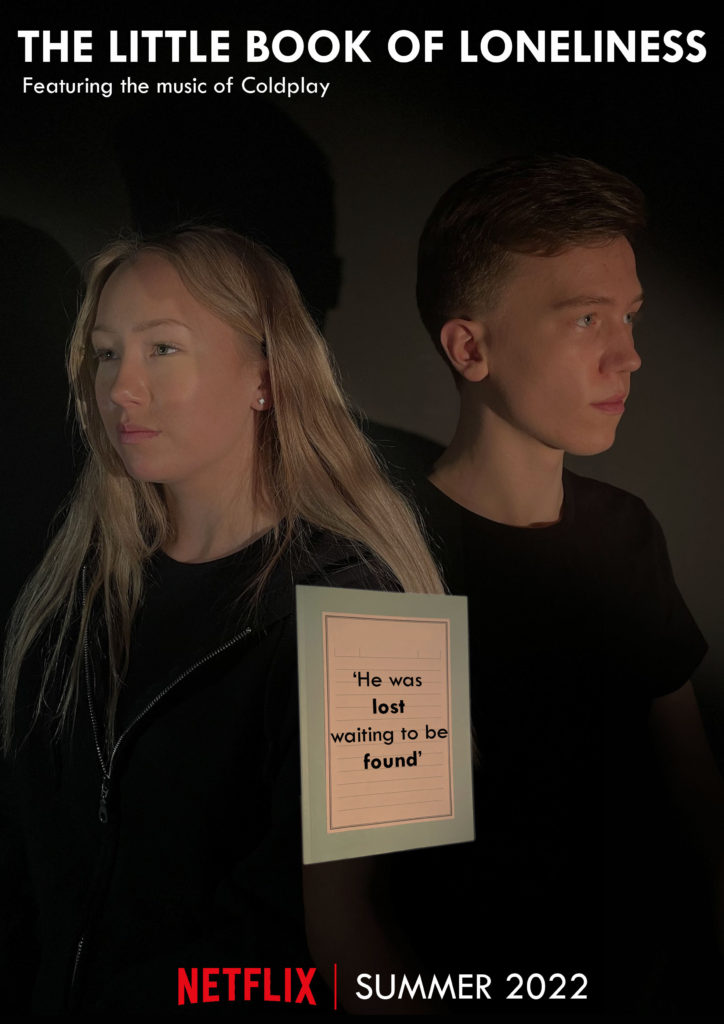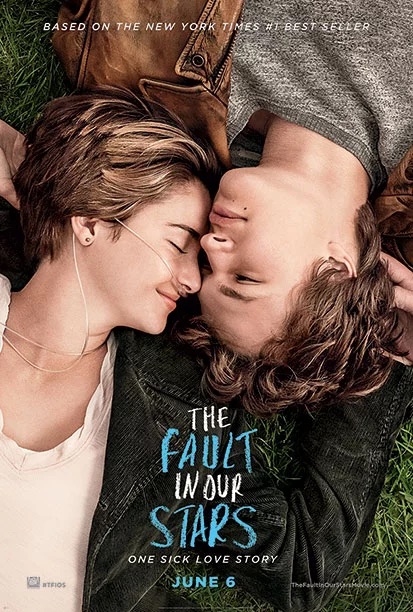‘Ghost Town’ by The Specials
Spent three weeks at the top of the charts after its release in 1981
Lyrics
“This town is coming like a ghost town
All the clubs have been closed down
This place is coming like a ghost town
Bands won’t play no more
Too much fighting on the dance floor
Do you remember the good old days before the ghost town?
We danced and sang as the music played in any boomtown
This town is coming like a ghost town
Why must the youth fight against themselves?
Government leaving the youth on the shelf
This place is coming like a ghost town
No job to be found in this country
Can’t go on no more
The people getting angry
This town is coming like a ghost town”
“Too much fighting on the dancefloor” – Links to how “The tour was marred by audience violence which disrupted gigs”, even at their own shows, The Specials were met with disruption in their audiences from sub-culture groups who used the performances as a protest to express their views.
“Government leaving the youth on the shelf” – Link to Thatcher’s ideologies.
Band members are sat in a car driving through the deserted streets of a (ghost) town in Britain. The place looks run down a lacking civilisation. They look directly down the lens of the camera with melancholy expression, as if directly relaying the message of nation wide depression to the audience. During the chorus, the camera action is shaky and manic before the camera shot focuses in on a wall as if the car had crashed, perhaps signifying the social unrest and disruption in Britain at the time. The more positive, upbeat chorus paired with the bands more positive expressions could resemble the way they are reminiscing the “good old days before the ghost town”.
Youth Culture as Political Protest
Typical/ traditional political protest:
- Attempt to change laws and legislation, to make a government hear a voice that is not represented
- Could be in the form of public demonstrations through protesting on the streets, petitions, marches
- Overt political protest is uncommon, it often results in a backlash
- Even if law or legislation is put into place, it doesn’t mean that the dominant, hegemonic view of the public changes. Public opinion doesn’t stay inline with law.
Antonio Gramsci
Italian philosopher who wrote during the 1930’s
Hegemonic/ Cultural Hegemony = The dominant class, the dominant political viewpoint or the power holders and their cultural viewpoint.
Culture = The elements of life which influence peoples hearts, minds and opinions. This is a grounds for change and development.
Sub-culture = The resistance towards the hegemonic culture that emerge with new ideas and opposing views from the bottom of the hierarchy in aim to ensure their voices are heard.
Sub-culture is working-class youth culture unified by shared tastes in style, music and ideology. Sub-culture is often the beginning to a solution to collectively experienced problems and a form of rebellion to the dominant hegemonic views.
Post-war Britain
Margaret Thatcher = Prime minister and leader of the Conservative party from 1979 to 1990.
“British national identity could be swamped by people with different
culture”
- Strong attitude against immigration (believed that immigration control is the way to bring about good community relations)
- Nationality Act 1981 – Excluded Asian people from entering UK.
Post-war Britain saw different sub-cultures/ groups begin to formulate.
- Teddy Boys (1950’s/60’s) = Influenced by American rock and roll, resisted against post-war social changes in UK.
- Skinheads (1960’s/70’s) = Responding to social alienation (the feeling of not fitting in to a certain social group). They expressed working class pride. Listened to West Indian music such as Ska and Reggae. Originally, Skinheads were anti-racist in the 1960’s. However, in the 1970’s, many skinheads joined far right fascist movements like the National Front and the sub culture became polarized by differing political stances.
- Punks (1970’s) = They responded to social alienation due to the working class culture of their parents, hegemonic views of Thatcherism, anti-establishment, made music that was self-produced and focused on ‘DIY’.
Paul Gilroy
- Wrote book called “There Ain’t No Black In The Union Jack” (story of race relations in post war Britain following a large wave of immigration from the west indies, causing anxiety around immigrant behaviours)
- Paul Gilroy believed “unstable” and politicised identities are “always unfinished, always being remade” and ethnicity is an “infinite process of identity construction”.
- In other words, ethnicity and national identity are not actually fixed or permanent.
Racial Otherness
- Suggests that public association and stereotypes of the post-war immigrants with substandard living conditions. Gilroy said that these representations marginalised the black community as the racial ‘other’ in the largely white 1950’s Britain.
- The British Empire had colonised and had ownership over many countries such as the West Indies, parts of Africa, India and Pakistan. Previously, Britain had used the produce and traded with these less developed countries as a way of benefitting white British people. After the war, Britain was in need of workers (people to re-build destruction from the war, to replace those who had died in the war). Many immigrated from the countries in the British empire to work in the UK, this was met with fear that the immigrant community would ‘overtake’ white Britain due to the news spreading coverage of the black/immigrant community being involved with muggings, violence and crime.
- The Notting Hill Carnival riot (1976) was described as “an army of black youths”, the media/ newspapers suggested that the black community was “prone to lawlessness”
Two Tone Music
2 Tone was a genre of British popular music, that fused punk with Jamaican reggae and ska music. 2 Tone also attracted the attention of right-wing youth. 2 Tone
concerts were often inflated by members of the National Front or British Movement, disputing gigs
“The Specials, too, encapsulated Britain’s burgeoning multiculturalism” – BBC Article 2011 (The Specials: How Ghost Town defined an era)
“For the first and only time, British pop music appeared to be commenting on the news as it happened.”
Binary Oppositions : Ghost Town
| CONCEPT | Strongly agree | Agree | Neutral | Agree | Strongly agree | OPPOSITE CONCEPT |
| WHITE | X | BLACK | ||||
| WEALTHY | X | WORKING CLASS | ||||
| GOVERNMENT CONTROL | X | LIBERATION | ||||
| EMPLOYMENT | X | UNEMPLOYMENT | ||||
| REACTIONARY | X | RADICAL | ||||
| PUNK ROCK | X | REGGAE | ||||
| INSIDE | X | OUTSIDE | ||||
| CONTROL (BEHAVIOUR) | X | LACK OF CONTROL (BEHAVIOUR) | ||||
| DEVELOPED AREAS OF BRITAIN | X | RUN DOWN AREAS OF BRITAIN |









